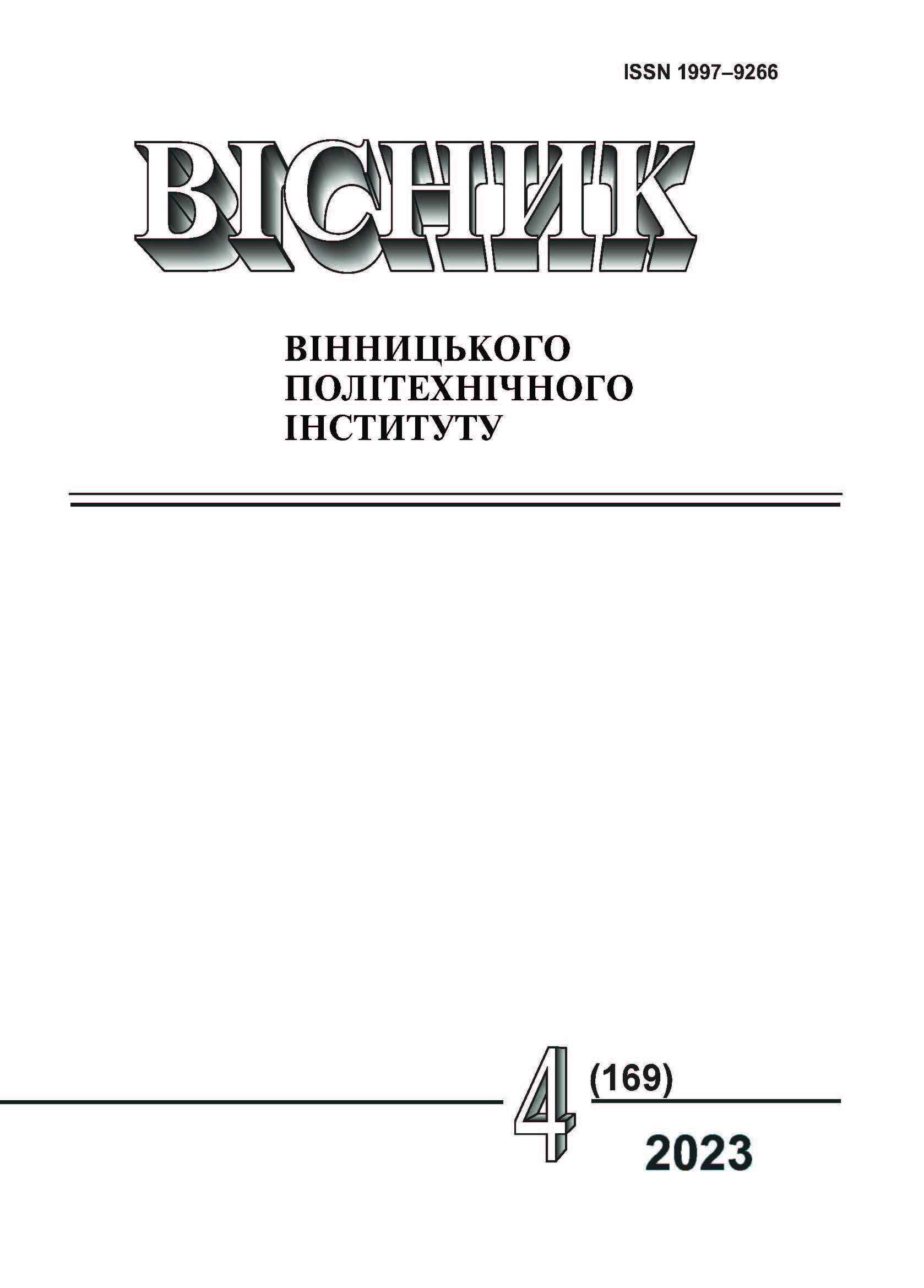Influence of the Number of Turns of the Single-Layer Winding of the Inductive Element on the Resistance of Losses
DOI:
https://doi.org/10.31649/1997-9266-2023-169-4-25-32Keywords:
loss resistance, single-layer winding, Q-factor, inter-turn proximity effect, analytical methods for calculating loss resistance, core lossesAbstract
The paper analyzes one of the common analytical methods (Ferrer) for calculating the losses of the windings of the inductive elements, including those operating at frequencies up to 100 kHz, and identifies the main shortcomings of this method - neglecting the influence of the geometry of the winding of the inductive element (including the number of turns) on the amount of losses, expressed by the dimensionless coefficient. Theoretically, this is the reason for the appearance of an incorrect calculation result according to this method. To test the assumption, an experimental study of the impact of the length of the single-layer winding (number of turns) on the amount of losses was performed. Single-layer windings of a fixed diameter with different conductor diameters, at different frequencies, without a core and with a ferromagnetic core were studied. It was determined that it is possible to use the considered analytical method for calculating the losses of a single-layer winding, provided that the winding is without a core, with the number of turns N ≥ 30 turns, and the obtained result is adjusted by the appropriate value (to 20.5 % depending on the frequency and diameter of the conductor). It was found out that an increase in the diameter of the conductor leads to an increase in winding losses (this increase is 67 % when the diameter is doubled). During the study of the winding with the core, a significant increase in the value of the winding losses was found, which exceeded the calculated values by more than ten times. It was established that the probable cause of such a significant discrepancy is the effect of changing the configuration of the magnetic field lines when the ferromagnetic core is introduced into the winding, which, in its turn, changes the shape and area of the conductive region of the conductor. It was also determined that, under these conditions, the influence of core losses on the change in winding losses is insignificant (up to 3 %) and can be neglected. The effect of the core on the configuration of the lines of force of the magnetic field and, accordingly, on the current distribution in the conductor was studied. The study was carried out for the winding without a core and with a core. Based on this, it was established that the chosen analytical method of calculation cannot be used for the calculation of single-layer windings with a core.
References
СПИСОК ВИКОРИСТАНОЇ ЛІТЕРАТУРИ
G. Bocock, “Essential guide to power supplies,” XP Power, рp. 1-12, 2014.
H. Choi, “Pre-Matching circuit for high-frequency ultrasonic transducers,” MDPI. Sensors, vol. 22, no. 22, pp. 1-15, 2022.
Marian K. Kazimierczuk, High-frequency magnetic components, 2-d edition. John Wiley & Sons, Ltd, 2014, pр. 294-331.
P. L. Dowell, “Effects of eddy currents in transformer winding,” Proc. IEE., vol. 113, no. 8, pp. 1387-1394, Aug. 1966.
J. A. Ferreira, “Improved analytical modeling of conductive losses in magnetic components,” IEEE Transactions on power electronics, vol. 9, no. 1, pp.127-134, Jan. 1994.
А. П. Середін, і А. В. Мовчанюк, «Аналіз методик та модифікація існуючих виразів для розрахунку опору втрат дроселів на ультразвукових частотах,» Радіотехнічні поля, сигнали, апарати та системи, Міжнар. наук.-техн. конф., НТУУ «КПІ імені Ігоря Сікорського», Київ, 2020, с. 52-55.
Downloads
-
PDF (Українська)
Downloads: 50
Published
How to Cite
Issue
Section
License

This work is licensed under a Creative Commons Attribution 4.0 International License.
Authors who publish with this journal agree to the following terms:
- Authors retain copyright and grant the journal right of first publication.
- Authors are able to enter into separate, additional contractual arrangements for the non-exclusive distribution of the journal's published version of the work (e.g., post it to an institutional repository or publish it in a book), with an acknowledgment of its initial publication in this journal.
- Authors are permitted and encouraged to post their work online (e.g., in institutional repositories or on their website) prior to and during the submission process, as it can lead to productive exchanges, as well as earlier and greater citation of published work (See The Effect of Open Access).





